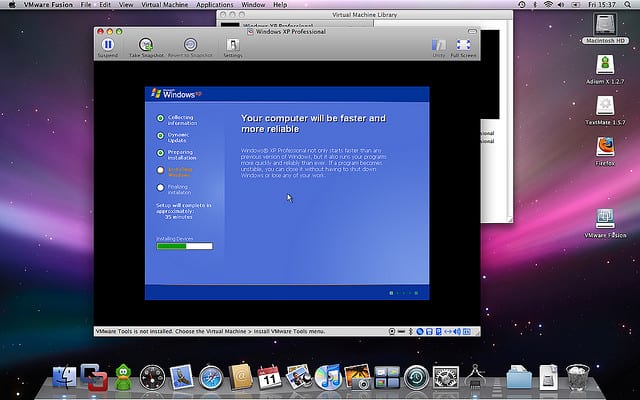
Spotted a Current Reference to Mil Hdbk 217 Recently

LOL Reliable
After a short convulsion of disbelieve I became shocked. This was a guide for a government agency advising design teams and supporting reliability professional. It suggested using 217 to create the estimate of field reliability performance during the development phase.
Have we made not progress in 30 years?
What would do?
Let’s say you are reviewing a purchase contract and find a request for a reliability estimate based on Mil Hdbk 217F (the latest revision that is also been obsolete for many years), what would you do? Would you contact the author and request an update to the document? Would you pull to 217 and create the estimate? Would you work to create and estimate the reliability of a product using the best available current methods? Then convert that work to an MTBF and adjust the 217 inputs to create a similar result. Or would you ignore the 217 requirement and provide a reliability case instead?
Requirements are the requirements
When a customer demands a parts count prediction as a condition of the purchase, is that useful for either the development team or the customer?
No.
So, given the contract is signed and we are in the execution phase, what are your options?
- Do the prediction and send over the report while moving on with other work.
-
Ask the customer to adjust the agreement to include a meaningful estimate.
-
Ignore the 217 requirement and provide a complete reliability case detailing the reliability performance of the product.
-
Find a new position that will not include MTBF parts count prediction.
The choice is yours.
I hope you would call out the misstep in the contract and help all parties get the information concerning reliability that they can actually use to make meaningful decisions.
Fred,
You said it, “Requirements are the Requirements.” I would exercise all four options.
I would do both 1 and 3 in fulfillment of the contract requirements, then recommend 2 for future contracts and work offering an unsolicited proposal to show them how, and then do 4.
1 is contractual. 2 and 3 are a matter of professional ethics. 4 is personal choice.
Mark Powell
Hi Mark,
Thanks for the comment. One obstacles we run into is the ‘not funded’ work is in some organizations actively discouraged.
Cheers,
Fred
Problem was in the contracting phase. Your business developing team needs to be educated not to accept 217 in the contract terms without also including a physics based reliability assessment. You are now bound by the terms of the contract to include 217 so you must comply.
Hi Tom, bummer eh?
Cheers,
Fred